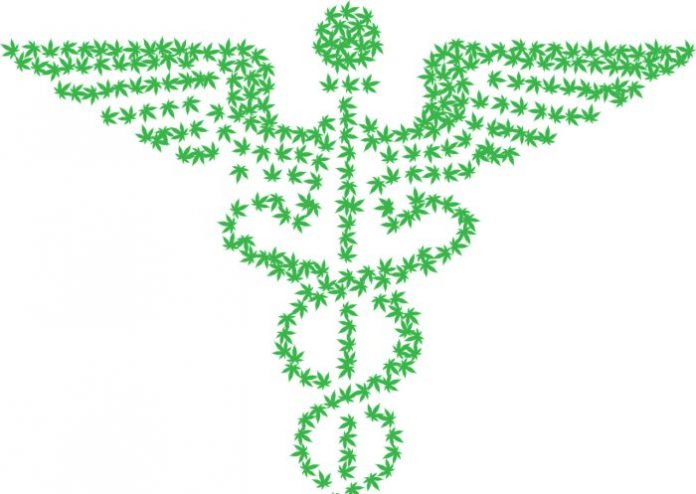Medical cannabis programs are moving ahead in the U.S. states of Iowa and Ohio, with important licenses issued; or soon to be issued.
First to Iowa, where last week the state’s Department of Public Health issued a notice of intent to award a manufacturing license to MedPharm Iowa, LLC for manufacturing cannabidiol (CBD).
“I believe botanicals, including the cannabis plant, offer endless possibilities,” said Dr. Chris Nelson, owner of the newly-formed company. “MedPharm Iowa aspires to improve the quality of life for those in Iowa who seek natural, scientifically proven solutions to improve daily life when dealing with debilitating medical conditions.”
According to the firm, it must start supplying medical cannabidiol in Iowa by December 1, 2018 – it’s a long time for those who are suffering to have to wait.
Earlier this year, Governor Terry Branstad signed House File 524 into law, expanding on the state’s previous and very narrow medical cannabidiol program. Under the revamped program, 15 conditions qualify.
A maximum of two cannabidiol manufacturers will be able to operate in the state.
To Ohio now, where 12 licenses have been announced for Level I cultivators along with the 12th recipient of a Level II license – meaning that all cultivation licenses have now been issued.
There was a great deal of competition for licenses, with the department receiving 109 Level I applications and 76 Level II applications. Level I cultivators will be permitted to commence operations with a cannabis cultivation area up to 25,000 square feet and Level II, 3,000 square feet.
The Level I licenses are particularly pricey – the application fee was USD $20,000, the initial license fee $180,000 and there’s an annual renewal fee of $200,000
Earlier in November, the application period also ended for medical cannabis dispensary licenses in Ohio. The State of Ohio Board of Pharmacy received 370 dispensary applications and from these, up to 60 provisional licenses will be awarded.
As in Iowa, Ohio patients still have quite a wait until medicines will be available as the program won’t be fully operational until September 8 next year – assuming there’s no further delays.


